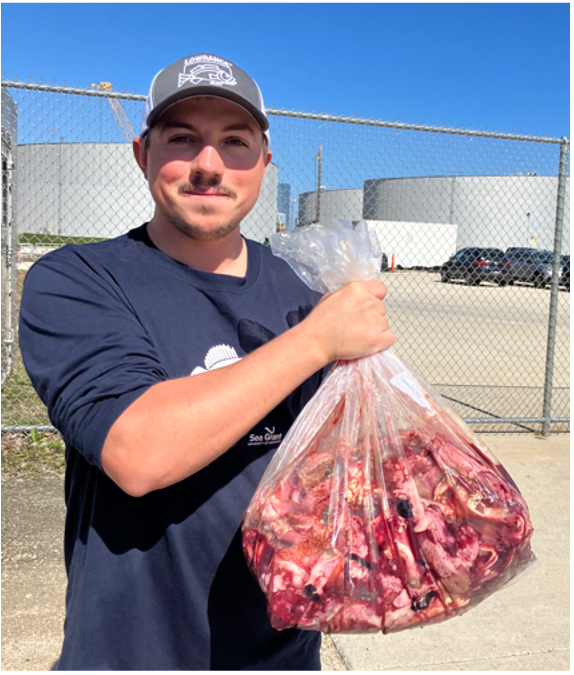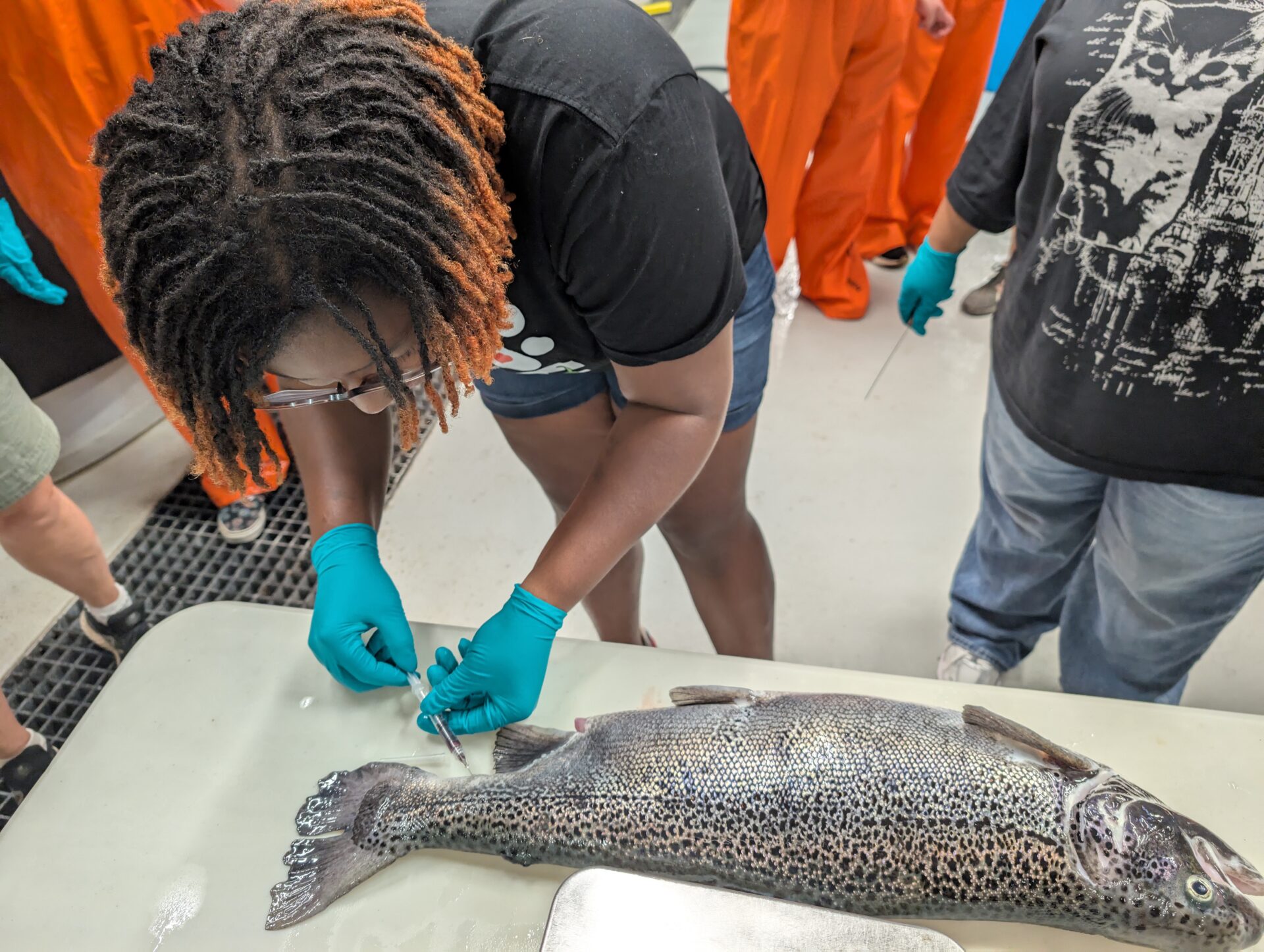There was great turnout for last week’s meeting about cleaning up the Sheboygan River. About 100 people attended–even though the Governor was giving his State of the State speech that same evening. The excitement in the auditorium was palpable: For 30 years, folks have been working to clean up the Sheboygan River, and now it is finally going to happen.
A host of folks involved in the cleanup talked about how it will happen and what the benefits will be. A burst of economic activity along the river will follow this summer’s brief interruption of business as usual. The contaminated sediments will be removed from the river, and much of it will be dredged to some 16 feet deeper than it is now. Habitat for fish and wildlife will be improved at three sites along the river.
The audience heard presentations from officials and administrators from the city of Sheboygan, Sheboygan County, the U.S. Environmental Protection Agency, the Wisconsin Department of Natural Resources and others. Afterwards, people talked about their hopes and fears for this multimillion dollar project. Among the concerns were what would happen to boat slips in the river this summer. The short answer is that a way will be found to accommodate the boat owners whose slips will be displaced by the dredging (a few pieces of the huge puzzle are not in place yet). The long-term answer? Economic benefits from the hotels, restaurants, and marinas that will populate the river after the cleanup will far outweigh a single summer’s inconveniences. Other people living near the airport were concerned about the contaminated sediment that will be stored there. Officials tried to allay these fears by explaining that the hazardous material will be properly and carefully disposed.
Overall, people seemed very enthusiastic that the stigma of being one of the Great Lakes Areas of Concern will soon be removed from the Sheboygan River. Over the next year, Illinois-Indiana Sea Grant social scientist Caitie McCoy and I will be creating a video that highlights the benefits of remediation projects in this area funded by the Great Lakes Legacy Act. Stay tuned for future updates.





